Understanding Pepper Heat Levels: A 2025 Guide
Understanding pepper heat levels is essential for any cooking enthusiast. The Scoville Scale measures heat in Scoville Heat Units (SHU), ranging from 0 for bell peppers to over 2 million for the world's hottest peppers. As of 2025, the Carolina Reaper holds the official Guinness World Record at 1.4–2.2 million SHU. This guide provides a complete breakdown of pepper heat levels, safety tips for handling hot peppers, and practical cooking advice for all experience levels.
Table of Contents
- The Scoville Scale Explained
- Chilli Hotness Chart Breakdown
- 5 Practical Tips for Handling Hot Chillies
- Buying Guide: Picking the Right Chilli for Your Palate
- Cooking with Different Levels of Heat
- Frequently Asked Questions About Chilli Hotness
- Final Thoughts: Respect the Heat
The Scoville Scale Explained
The chilli hotness chart is based on the Scoville Heat Units (SHU), a scale invented by Wilbur Scoville in 1912. Originally, it involved diluting chilli extract until a panel of tasters could no longer detect the heat — which sounds like a fun science project gone rogue.
| Chilli Variety | SHU Range | Heat Level |
|---|---|---|
| Bell Pepper | 0 SHU | Mild (zero danger) |
| Jalapeño | 2,500–8,000 SHU | Moderate |
| Habanero | 100,000–350,000 SHU | Very Hot |
| Ghost Pepper (Bhut Jolokia) | ~1,000,000 SHU | Nuclear |
| Carolina Reaper | 1,400,000–2,200,000 SHU | World Class Danger |
Chilli Hotness Chart Breakdown
Let's walk through some popular players in the spice game:
- Bell Peppers: Zero SHU but maximum crunch. Perfect for kids and people who hate surprises.
- Jalapeños: The gateway drug to hotter things. Found in nachos, poppers, and confused grocery shoppers.
- Serranos: Slightly hotter than jalapeños, often used in salsas and pickled dishes.
- Cayenne: Around 30,000–50,000 SHU. Great for dried powders and giving your chili an edge.
- Habaneros: Tropical flavor with serious burn. Not recommended for beginners unless you enjoy crying mid-meal.
- Ghost Pepper: Once held the world record for hottest chilli. Use gloves. Maybe even goggles.
- Carolina Reaper: Currently the reigning champion. Handle with extreme caution — this thing has been known to cause headaches… from tasting it once.
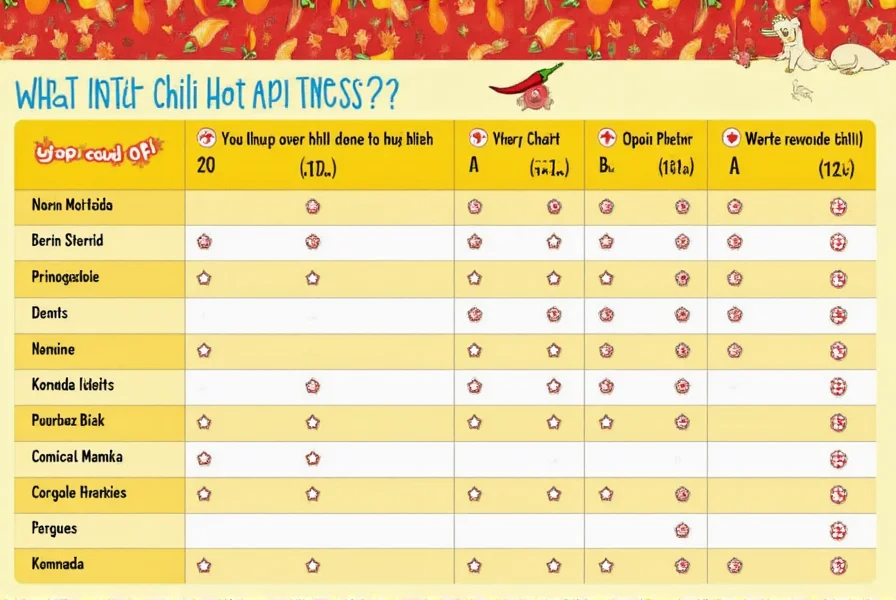
5 Practical Tips for Handling Hot Chillies
- Wear gloves — seriously, do not skip this step. Even washing your hands won't always save you from a later eye rub disaster.
- Remove seeds and membranes — these are where most of the capsaicin (the spicy compound) lives.
- Use dairy if you're burning — milk, yogurt, or ice cream neutralize the heat better than water ever will.
- Store dried chillies properly — keep them in airtight containers away from sunlight to preserve flavor and potency.
- Start small and scale up — especially when cooking for others. No one wants to ruin a dinner party with unexpected tears.
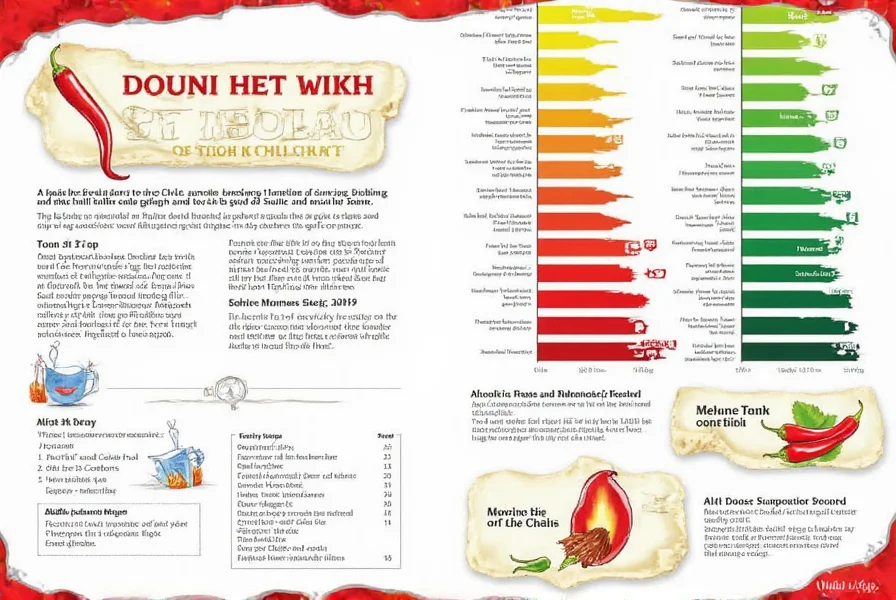
Buying Guide: Picking the Right Chilli for Your Palate
When shopping for chillies, consider both flavor profile and heat level. Here's a handy reference:
| Chilli | Flavor Notes | Best For | Who Should Avoid |
|---|---|---|---|
| Bell Pepper | Sweet, crisp, vegetal | Stir-fries, salads, stuffed dishes | No one — it's safe for all! |
| Jalapeño | Grassy, slightly smoky | Tacos, nachos, salsas | Kids or spice-sensitive folks |
| Habanero | Fruity, citrusy, floral | Sauces, Caribbean dishes, experimental chefs | Newbies — proceed with caution |
| Thai Bird's Eye | Peppery, earthy, intense | Curries, Thai food, stir-fries | People eating on Zoom calls |
| Carolina Reaper | Chocolatey, fruity, dangerously hot | Extreme heat enthusiasts, DIY hot sauces | Everyone except adrenaline junkies |
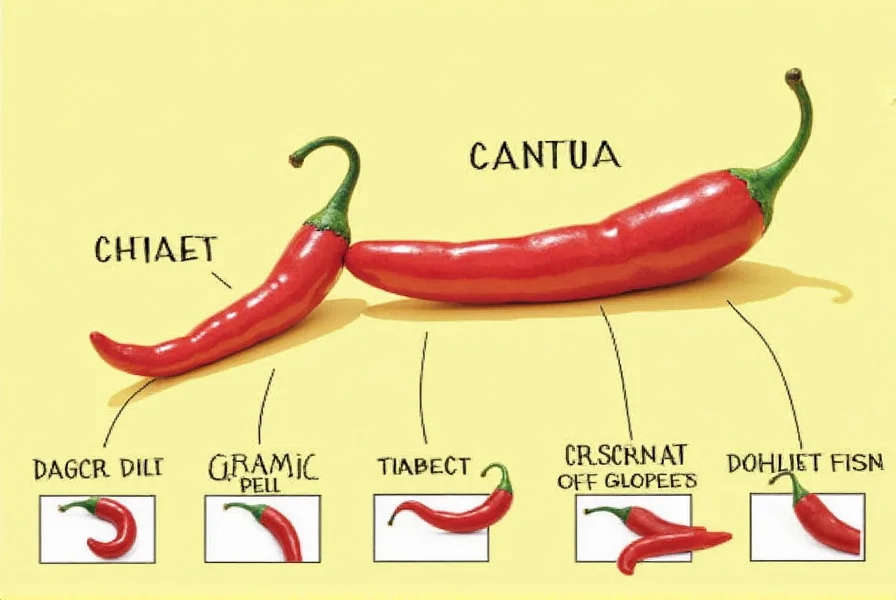
Cooking with Different Levels of Heat
Here's how to use various levels of chillies in your kitchen adventures:
- Mild Heat (0–5,000 SHU): Bell peppers, banana peppers. Ideal for weeknight dinners, family meals, and hiding veggies from kids.
- Moderate Heat (5,000–50,000 SHU): Jalapeños, serranos, poblano. Great for everyday cooking, tacos, grilled cheese, and guacamole.
- Hot (50,000–100,000 SHU): Cayenne, Thai bird's eye. Best in sauces, curries, or for those looking to sweat a little.
- Extremely Hot (100,000+ SHU): Habaneros, ghost peppers, reapers. Use sparingly! Only for adventurous cooks and bold flavors.
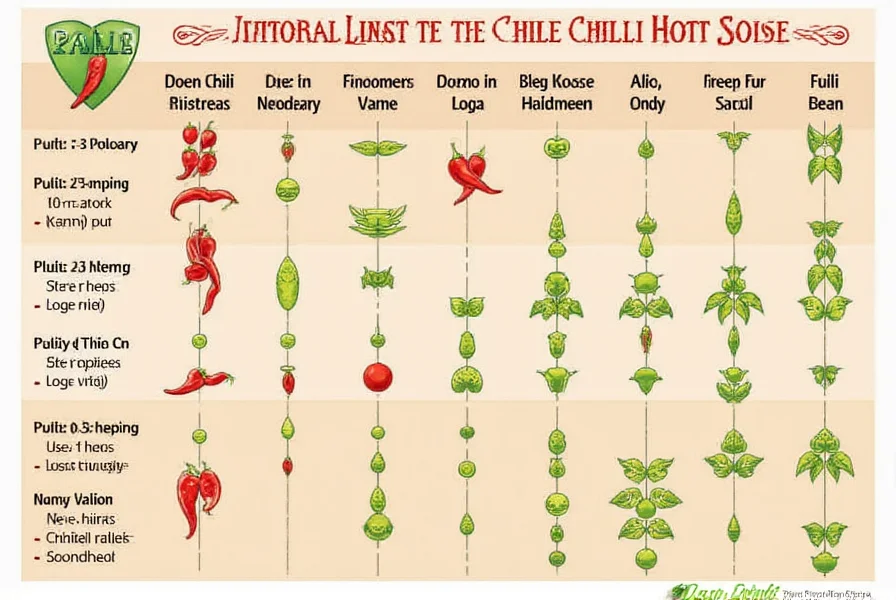
Frequently Asked Questions About Chilli Hotness
What is the hottest chilli in the world?
As of 2025, the Carolina Reaper holds the Guinness World Record for hottest chilli pepper, with Scoville ratings between 1,400,000 and 2,200,000 SHU. However, there are newer contenders like Pepper X (reportedly up to 3,180,000 SHU) that are awaiting official certification. Always handle these extreme peppers with protective gear!
How can I reduce the heat of a chilli?
To reduce chilli heat: 1) Remove the seeds and white membranes where most capsaicin concentrates 2) Soak sliced chillies in vinegar or lemon juice 3) Cook them longer, as heat can break down some capsaicin 4) Pair with dairy products like yogurt or sour cream when serving. Remember that smaller chillies are often hotter than larger ones of the same variety.
Why do chillies make your mouth burn?
Chillies contain capsaicin, a chemical compound that triggers TRPV1 receptors in your mouth—these are the same receptors that respond to actual heat. Your brain interprets this as burning, even though no physical damage is occurring. The effect is temporary, and your body releases endorphins to counteract the sensation, which is why some people enjoy the "burn."
Does cooking chillies make them hotter?
Cooking can actually reduce chilli heat slightly as capsaicin breaks down with prolonged high heat. However, cooking also releases capsaicin into oils and liquids, which can make the heat more evenly distributed throughout your dish. Drying chillies concentrates their heat, which is why powdered chillies often seem hotter than fresh ones.
How do I treat chilli burns on skin?
If you get chilli burns on your skin: 1) Wash immediately with soap and cool water 2) Apply milk, yogurt, or vegetable oil to help dissolve the capsaicin 3) Avoid using hot water as it opens pores and can worsen the burn 4) For severe cases, try a mixture of baking soda and water. Never rub your eyes after handling hot chillies—always wear gloves when dealing with extremely hot varieties.
What's the difference between SHU and Scoville?
SHU stands for Scoville Heat Units, which is the measurement on the Scoville Scale. The Scoville Scale is the actual scale developed by Wilbur Scoville to measure pepper heat, while SHU is the unit of measurement. For example, a bell pepper measures 0 SHU on the Scoville Scale, while a habanero measures 100,000-350,000 SHU.
Are hotter chillies more flavorful?
Not necessarily. While some extremely hot chillies like habaneros have complex fruity and floral notes, heat and flavor are separate qualities. Many mild peppers like poblanos and cubanelles have rich, distinctive flavors without intense heat. The best chilli for your dish depends on the flavor profile you want, not just the heat level. Balance is key in cooking with peppers.
Final Thoughts: Respect the Heat
Whether you're a mild-mannered meal planner or a heat-seeking kitchen warrior, knowing your way around the chilli hotness chart is essential. Remember: more heat doesn't always mean more flavor. Balance is key, and sometimes less really is more (unless you're making a ghost pepper sauce).
So next time you reach for a chilli, ask yourself: Are you ready for the burn? If yes — go ahead. Just maybe have a glass of milk nearby.
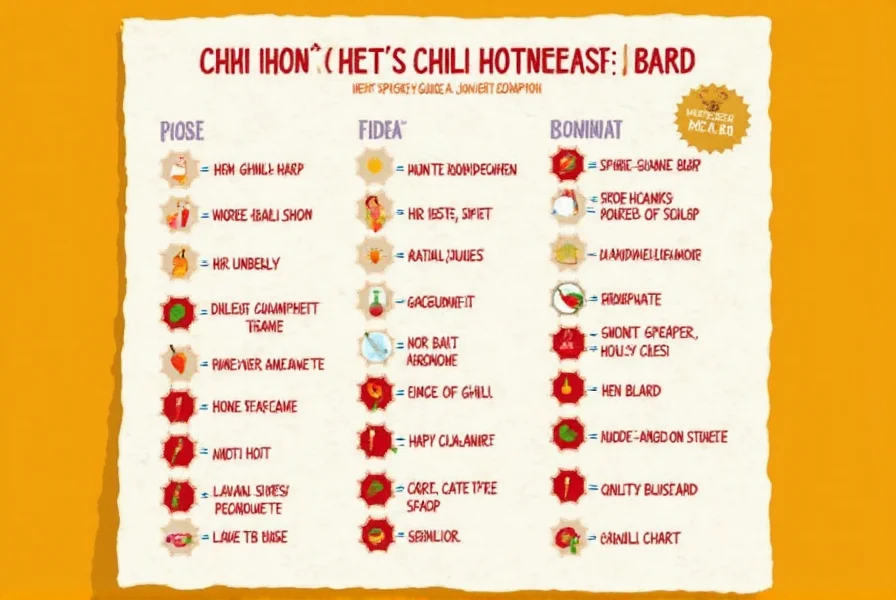










 浙公网安备
33010002000092号
浙公网安备
33010002000092号 浙B2-20120091-4
浙B2-20120091-4